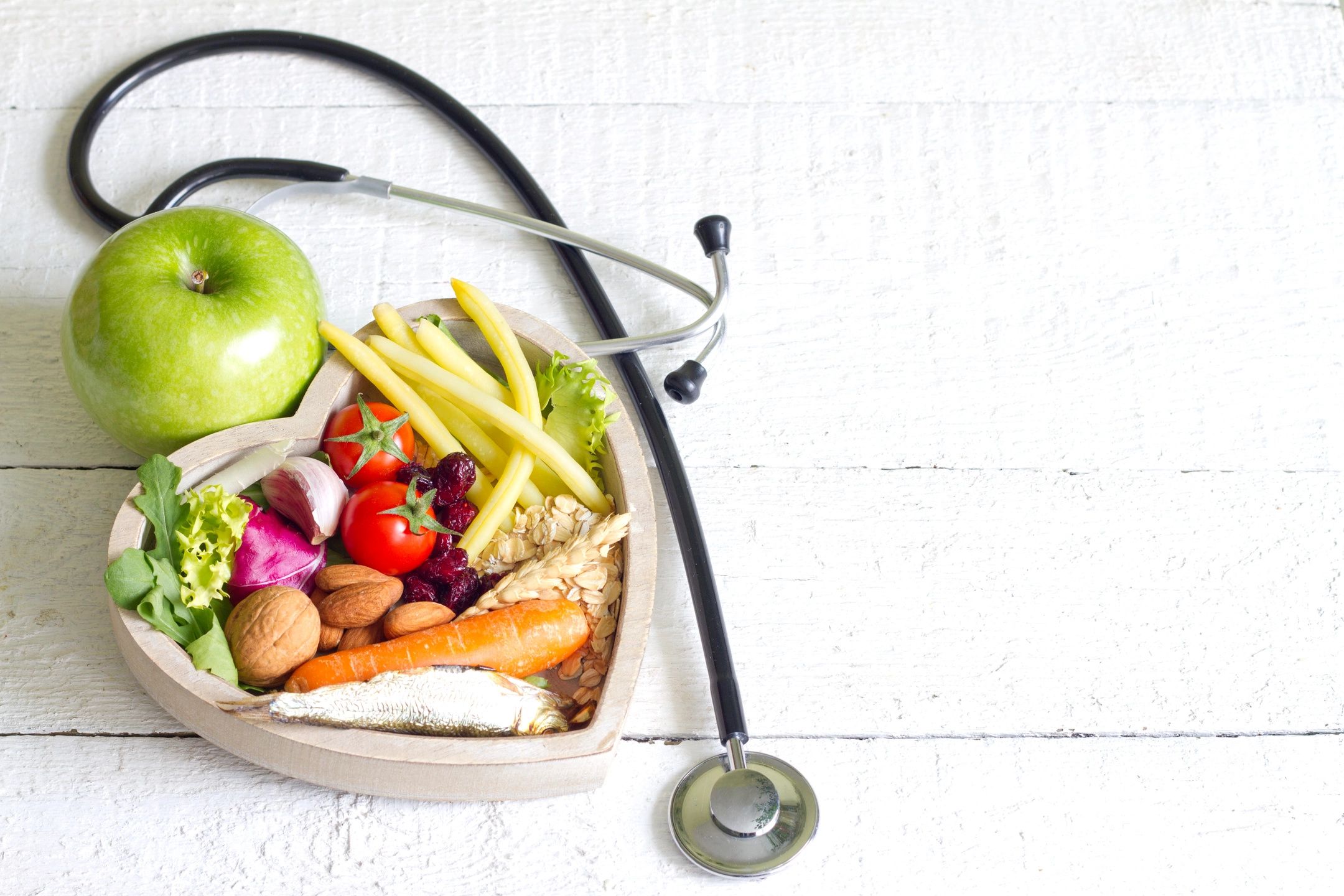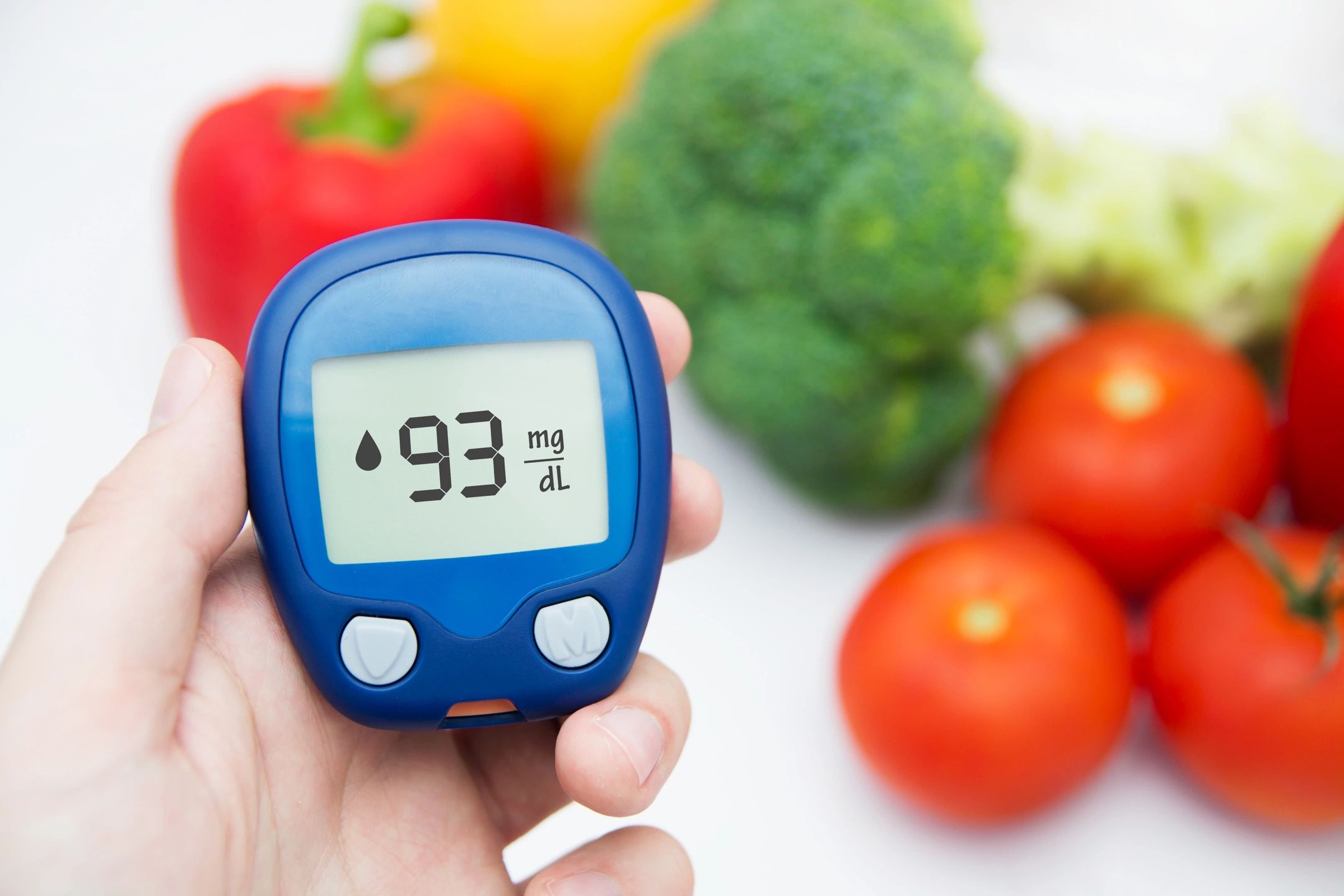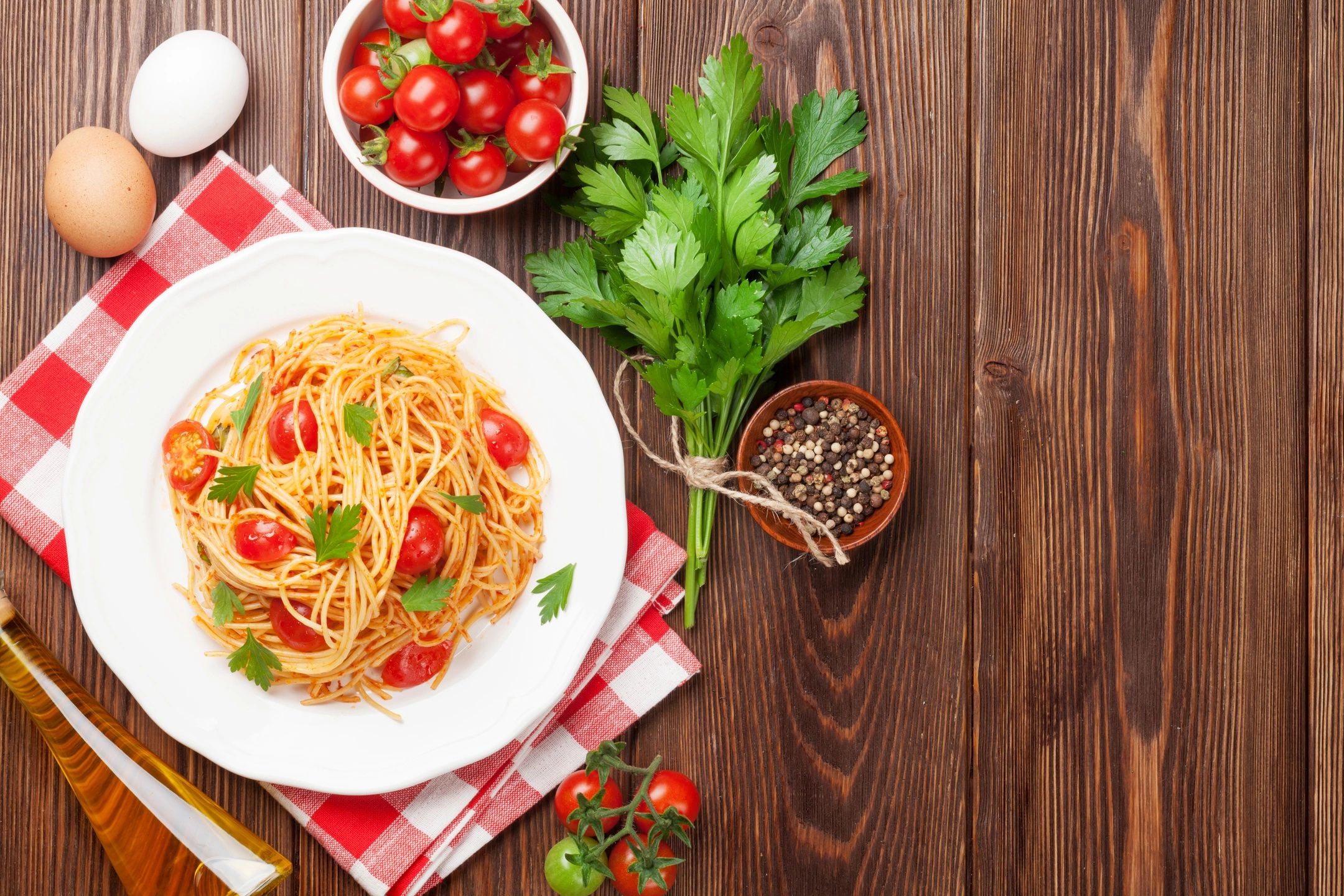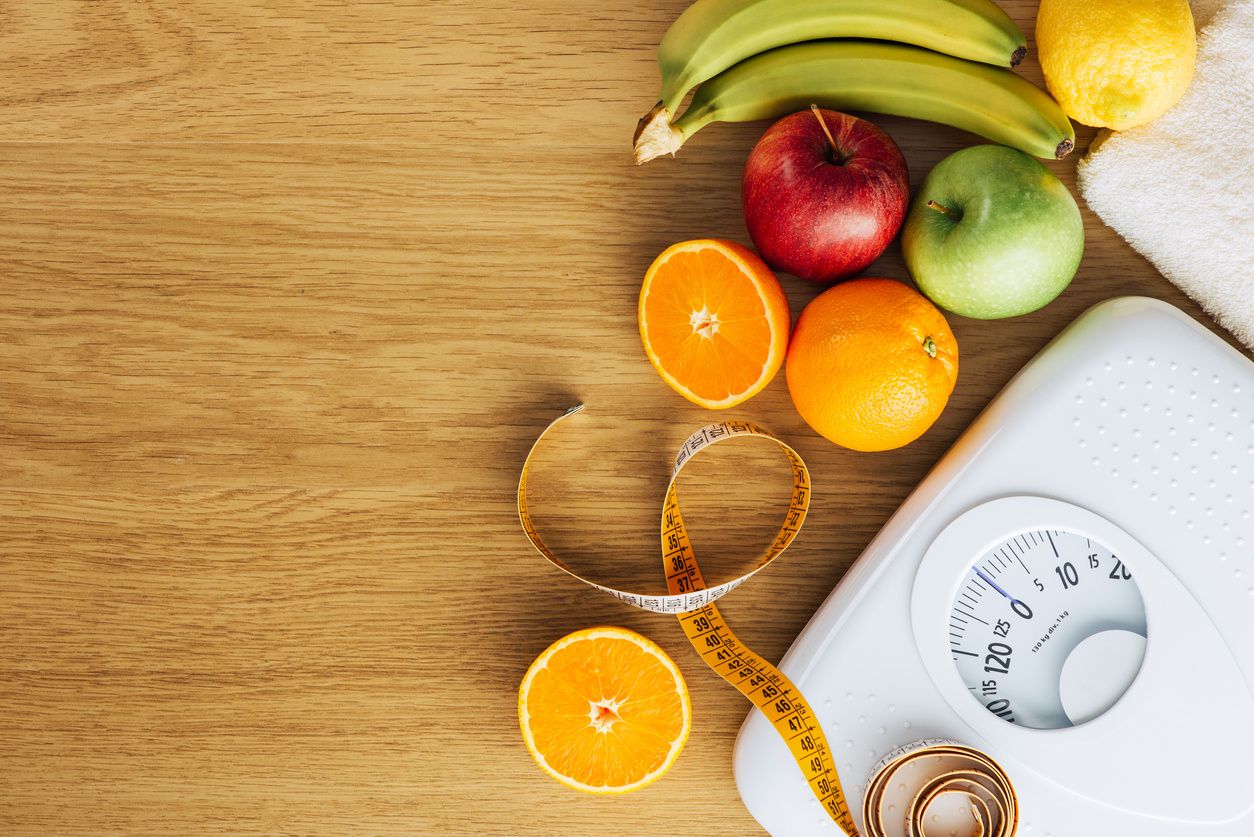
Blood sugar control is one of my favorite topics to talk about. Type 2 Diabetes is on the rise and it is for the most part preventable, yet on the other hand you do not need to have diabetes to feel the affects of abnormal blood sugar levels.
Have you ever gone to the supermarket starving and wind up opening a bag of chips before you even get to the register? Reaching your hand in the bag only to discover all the chips are gone! How did that happen?! Or find yourself constantly craving cake, cookies, crackers, breads, and pasta’s. Maybe you are always in the mood for “something sweet” and a coffee after your lunch break when the clock strikes 2pm without fail. That’s your blood sugar talking to you. And it’s saying hey, I need you to fuel me better!
I’m not judging you cause I’ve been there too. I promise you, for the most part you’ll never be extremely hungry with low blood sugar and craving some veggies. There’s a reason why when you go out to eat and you’re starving you can’t help but reach for the bread basket even if you don’t really want it. Your mind automatically turns to those foods high in carbohydrates and sugar since your body knows they are going to give you that quick fix that your body feels it desperately needs in that moment. You become a car running on empty feeling depleted, shaking, starving, ready to eat anything that is in front of your face.

Now don’t get me wrong, there’s also nothing wrong with consciously indulging in all of the food items mentioned above. But having those foods in high quantities all the time is where problems with our health and how we feel occur. When our blood sugar is out control, we feel out of control. And the reverse is also true… when our blood sugar is in control we feel in control. And let me tell you something from personal experience, it feels good to feel in control around food.
I’m no alien. I’ve grown up eating a pretty healthy dinner that my mom prepared but in between those meals I was snacking on your typical “100 calorie pack” cookies, crackers, chocolates, pretzels, granola bars and any other empty calorie that came my way. I started my days off with cereal or waffles covered in syrup (and I’m not talking about your pure maple syrup from Vermont either). In high school I would skip breakfast and go straight to the deli for a large iced coffee with french vanilla creamer light and sweet. I wouldn’t even be able to take a sip of that now. But why would I not start my day off with what was pretty much desert for breakfast? I didn’t know any better. I never learned how the foods I ate could actually affect my body and how I feel. I’m also 50% Italian so naturally pasta made up about 50% of diet and I was asked over and over again are you sure do you want more?

Over the years as I got interested in nutrition and eventually became a dietitian I’ve obviously revamped my food choices to where it’s night and day. But it wasn’t until I started working in the field and with clients one on one where I realized the importance of blood sugar control and how it can impact peoples lives, including my own. And how it felt great to not feel so hungry all the time or crave sweets all day. I still love a good home made chocolate chip cookie but what I love more is how I feel when I eat whole real foods, decrease my sugar intake, and have steady energy throughout the day.
Choosing to stay off that blood sugar roller coaster not only can help you prevent or treat diseases like type 2 diabetes, it can also help decrease cravings, mood swings (hello HANGER), inflammation, weight and increase your overall energy levels.
Tip 1. Quantity and Quality
One way to keep you blood sugar in control is to focus on the quantity and quality of your carbohydrates. Now carbohydrates are the key players here since they are the main macronutrient metabolizing into glucose (aka blood sugar) despite the benefits they can have in our diet. Carbohydrates can be a great source of energy for our body but depending on the types you choose you will have sustained energy or a quick source of energy that drops real fast (that after lunch I want to take a nap type of feeling).
Focusing on lower glycemic carbohydrates will give you that sustained energy that we want! That simply means choosing carbohydrates with a lower impact on your blood sugar levels. To do that we really want to focus on whole foods and choosing fibrous carbohydrates (we will get to this in a minute). It also means limiting processed and refined foods that are going to take us on that blood sugar roller coaster and can in abundance be detrimental to our overall health. I do not want you to get hung up on what a low glycemic food is but if it comes in it’s whole foods form such as fruit, quinoa, beans, or butternut squash than your good to go!

Another important factor is having the appropriate quantity. This will differ from person to person depending on how active you are. The more active you are the more energy you may need from carbohydrates. A portion size for starchy or sugary carbohydrates is typically 1 cup or 1 small piece of fruit, ½ cup grains or bean, or 1 cup starchy vegetables.
As for non-starchy vegetables, these are also carbohydrates and really there is no need to quantify these due to there low calorie and high water content as well as there super hero powers from antioxidants! Those I typically say eat as many as you want and remember to eat the rainbow since all the different colors have all different kind of powers.

Tip 2. Focus on Fiber
When it comes to choosing whole real foods fiber is what decreases the impact these carbohydrates have on spiking blood sugar. Fiber is the indigestible part of carbohydrates that is so good for us and can actually help control or maintain normal blood sugar levels and body weight. One of the factors that helps determine the quality of carbohydrates we spoke about earlier is the amount of fiber it has. Most Americans get nearly the amount of fiber we need in a day so as a rule of thumb think the more fiber the better! High fiber foods come from whole foods such as vegetables, fruits, and beans, whole grains, and seeds. However, there are a lot of products now that are fortified with fiber. Regardless, sticking to the whole food version is always better.

What is the research saying about a low glycemic diet…
According to a randomized controlled trial (1),aka highest quality study, that looked at the effects of a low glycemic diet versus a high glycemic diet in patients with type 2 diabetes, participants following the low glycemic diet saw a reduction in body fat. The low glycemic diet also prevented undesirable metabolic outcomes and inflammatory responses that the high glycemic diet triggered.
The benefits of a low glycemic diet go beyond improving diabetes. It may be just as important for individuals with obesity, cardiovascular disease, insulin resistance, metabolic disease, autoimmune disease, or really any chronic condition you can think of. While all of those problems sound important, this way of eating is also just as vital for the average HEALTHY person that has a desire to live their healthiest life and prevent these chronic issues previously mentioned.
Tip 3. Balancing your plate= balancing your blood sugar
Another important component to decreasing your spike in blood sugar besides sticking to low glycemic carbohydrates is balancing your meals with protein, fat, and fiber since these macronutrients have minimal if no effect on our blood sugar and insulin levels.
A randomized control trial (2) looked at the best way to maintain weight loss. This is key since ironically losing weight tends to be the easier part, maintaining is where the tough gets going. So the diets they compared were…
high protein + high glycemic diet
high protein + low glycemic diet
low protein + low glycemic diet
low protein + high glycemic diet

( photo credit: Anne Summer of usmediahouse.com )
They found that a higher protein diet helped to decrease weight regain over a 12-month period. The researchers also found that blood sugar levels were significantly higher in the lower protein groups compared to the higher protein groups. This makes sense since protein can act as a buffer and decrease the spike in blood sugar post meal.
Interestingly, the participants following the low protein and high glycemic diet had the highest (61%) dropout rate and individuals following the high protein and low glycemic diet had the lowest (26%) dropout rate. That means the participants overall enjoyed the low glycemic higher protein diets more. A statistic I could appreciate! The authors of this study felt this may have been the more acceptable or palatable diet; however, I have a hunch the diet may have been easier to follow because of the blood sugar control.
Tip 4. Have a protein packed breakfast and don’t skip meals
Yes, there is intermitted fasting and that can work for some people. However, for the majority of people out there it’s just not sustainable. Not only is skipping breakfast associated with increase risk for type 2 diabetes and obesity but when I see clients skip breakfast (and myself for that matter) it tends to cause overeating at night. Yes those food cravings after dinner, that goes all the way back to under eating throughout the day. It’s not just any breakfast though, some research suggest lack of protein at breakfast is associate with over eating at night. Like any other meal you want to balance your plate, have quality foods, and make sure you have protein!
Tip 5. Start small- small changes will add up over time!
If it seems overwhelming to balance your blood sugar that’s totally understandable, but I promise it’s easier than it may seem. To see if it may be right for you I would encourage you to start small. Ditch the sugar and creamer in your morning coffee and try some almond milk, cinnamon, and maybe even a little stevia to start off. Swap out your pasta for a bean-based pasta, zucchini noodles, or spaghetti squash. I am also not saying don’t have cookies for dessert one night, cake on your birthday, or popcorn at the movies. I’m just saying you want whole real foods to be the center of your diet most of time. It’s not all or nothing.
Another cool thing is you can actually retrain your taste buds to like foods that are less sweet. And it only takes about 14 days! As you start decreasing the sugar and starches in your life to a healthy amount, then you will crave them much less and find foods that are less sweet very satisfying. You also will probably find really sweet foods too sweet and will only want a little amount of them. Hence why I would never be able to now drink that iced coffee with french vanilla creamer.
If your still unsure what this may look like, here’s an example of a day to give you an idea of what a day may look like. You’ll notice how I keep saying lots of veggies because I truly believe that should be the star of our meals. And remember, your sweet enough, you don’t need all that extra sugar in you life!
Example of How to Balance Your Plate and Balance Your Blood Sugar…
Breakfast:
Egg scramble with lots of veggies, avocado, and berries
Lunch:
Salad with lots of veggies, chicken, dressing (ex. olive oil + lemon), and roasted sweet potato cubes + sour kraut (for some probiotic benefits!)
Snack:
Celery peanut or almond butter or high fiber cracker and hummus
Craving something sweet for a snack? One of my favs is a piece of dark chocolate and a little almond butter! Herbal teas are also great for this.
Dinner:
Sautéed shrimp and broccoli with garlic and oil over spaghetti squash